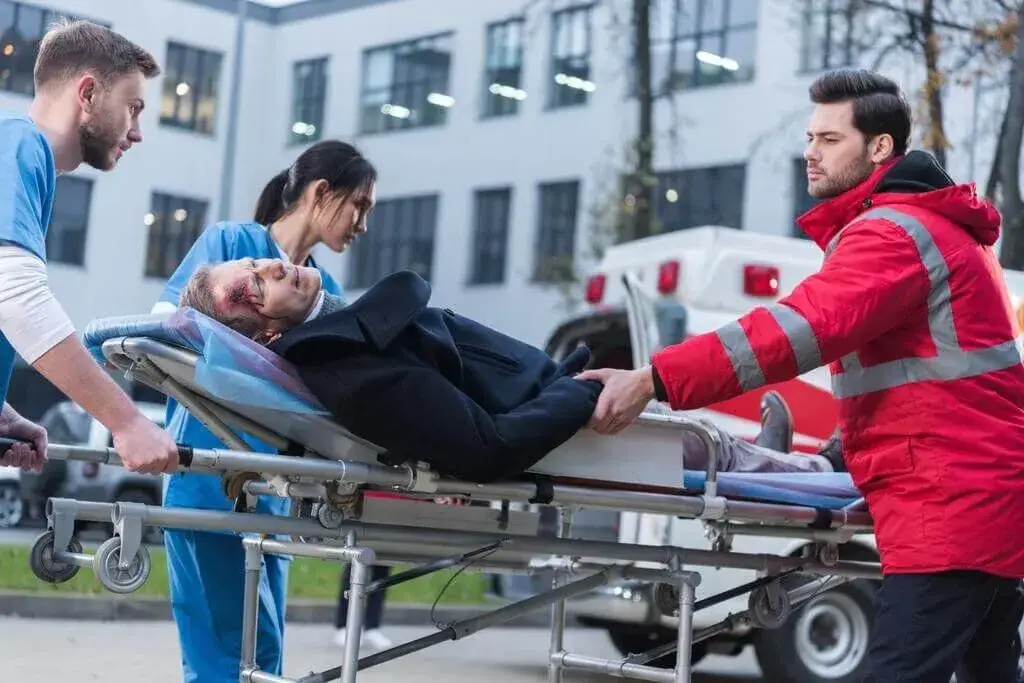Understanding Medical Stretchers
Medical stretchers have come a long way since their early days on the battlefield, where they were simple tools to carry the injured to safety. To now being evolved into essential equipment in modern healthcare, designed for efficiency and safety.
Generally speaking, a modern-day stretcher is medical equipment used to transport individuals who require medical care, whether in emergencies, between hospital rooms, or to specialized care areas.
Stretchers come in various types, such as those for emergency use, surgical treatment, or specialized models for bariatric or neonatal patients. They can be simple, lightweight, or advanced with elements like wheels, adjustable heights, or hydraulic mechanisms, all aimed at ensuring easy and secure patient movement.
If you’re exploring stretchers for your facility or simply curious about how they work, you’re in the right place. This guide will walk you through everything you need to know—types, uses, safety tips, buying advice, manufacturers, and trusted brands.
Types of Medical Stretchers
Folding Stretcher
A folding stretcher is a portable device used to transport patients efficiently and safely. Its collapsible design allows for easy storage and rapid deployment in emergencies.
Use:
It is used by paramedics and first responders to evacuate wounded individuals from accident scenes or mounted areas. Due to its versatile style, it is also employed in combat zones to swiftly move injured personnel to medical facilities during military operations.
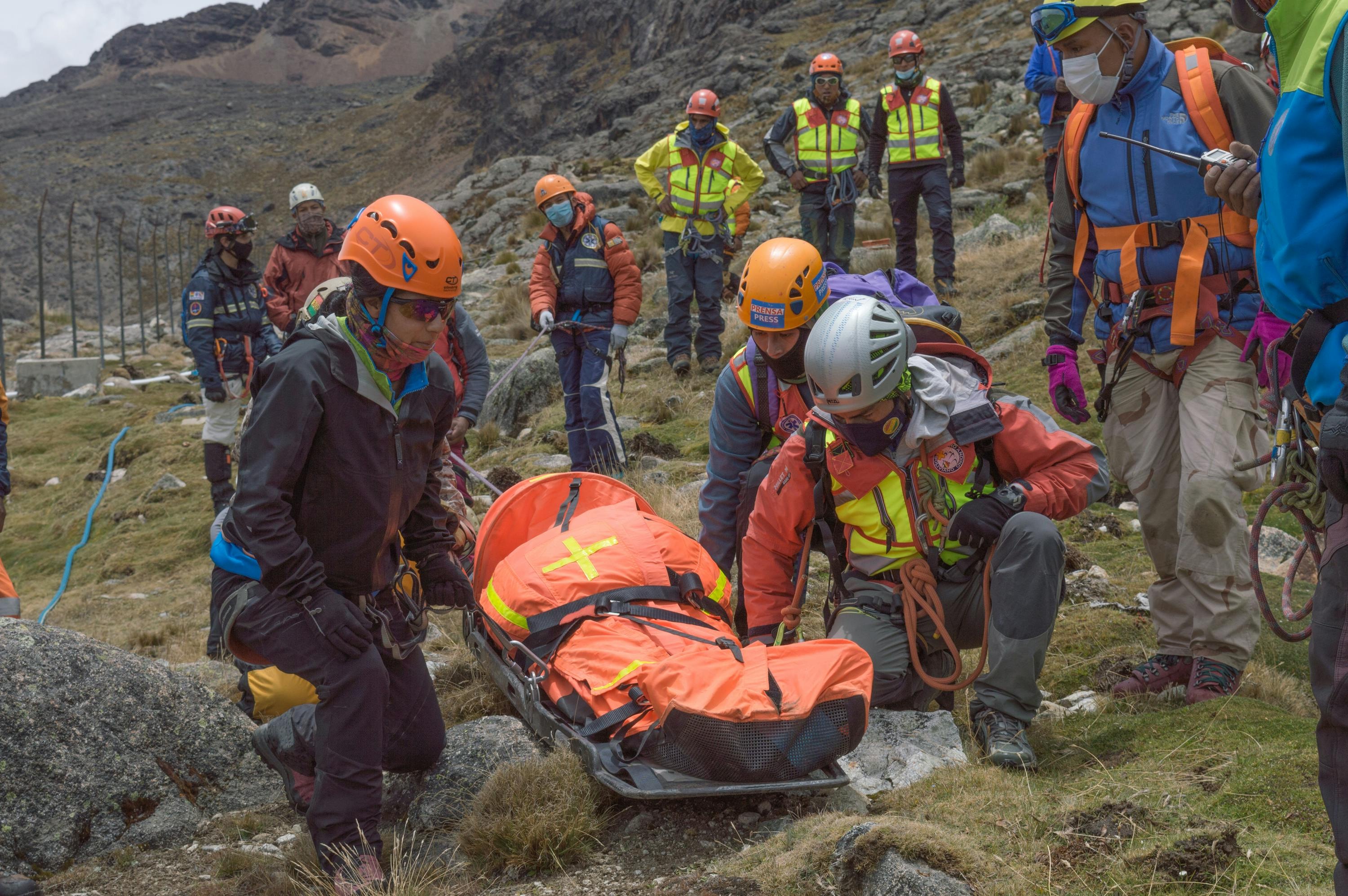
Features
- The stretcher is designed to beeasily carried by emergency responders, thus made of lightweight materials like aluminum.
- They come with the ability to fold lengthwise and widthwise enabling convenient storage in confined spaces, such as ambulances or emergency response vehicles.
- They are known for their durability as manufactured with robust materials to support significant load, ensuring safe patient mobility.
- Usually, they are also equipped with secure bands and non-slip handgrips to ensure stability during movement.
Spinal Board Stretcher
Spinal board stretchers, commonly known as spine boards or backboards, are used to immobilize and safely move individuals with suspected spinal, neck, or limb injuries.
Use
Their primary use is to minimize movement, maintain spinal alignment, and reduce the risk of further injury. Some models are also buoyant and can be used in aquatic environments for rescue.
Features
- They are typically constructed from durable and light materials like plastic or composite fibers, allowing for easy handling and cleaning.
- Spinal boards typically come with multiple handles or straps to assist rescuers in gripping and operating during the transport, as well as to secure the patient.
- Many spine boards are radiolucent, meaning they do not interfere with X-rays or CT scans, allowing for imaging without removing the patient from the board.
- They are designed to support a wide range of bodies, with some models capable of handling weights up to 700 lbs.
Vacuum Stretcher
A vacuum stretcher consists of a sealed mattress filled with polystyrene beads that mold to the patient’s body when air is released, creating a rigid support structure. This minimizes mobility and reduces the chance of further harm.
Use
A basic type of vacuum stretcher is simple to deploy and adjust, making it user-friendly for critical situations. This is used for individuals with suspected spinal, limb, or pelvic injuries. It is also employed in air ambulances due to its light nature and ease of use.
Features
- It is typically constructed from durable materials like thermoplastic polyurethane (TPU), which offers high resistance to friction and extreme temperatures.
- It is equipped with multiple handles (usually 12) and adjustable support straps to facilitate secure patient handling and movement.
- Usually, it is also designed to be X-ray translucent, allowing for imaging procedures without removing the patient from the stretcher.
Stair Stretcher
Stairs are a part of our everyday life, whether at home or in a busy hospital. For these situations, stair stretchers are designed to safely and efficiently move patients up or down stairs, especially when elevators aren’t an option.
Use
These types of stretchers are helpful for patients being transported in rescue missions through multi-story buildings or old infrastructure hospitals.
Features
- They are available in both manual and powered versions according to the users’ demands.
- Constructed from materials like aluminum alloy, stair stretchers are lightweight, making them easy to handle.
- Stair stretchers are typically engineered for maneuverability in tight spaces, thus featuring adjustable handles and belts for easy navigation.
Ambulance Stretcher
An ambulance stretcher, commonly also confused with a gurney, is the centerpiece of equipment during emergency medical services (EMS). As the name suggests, it is a trolley used to safely move patients to and from ambulances and medical facilities.
Use
Ambulance stretchers are usually equipped with medical equipment to move patients who need medical care swiftly.
Features
- They come in different forms including manual stretchers, powered stretchers, and bariatric stretchers.
- Many models also offer adjustable backrests and leg sections to facilitate patient comfort.
- Built for rugged environments, they can be easily loaded and unloaded, ensuring quick response in risky situations.
- Some advanced models contain hydraulic lifts to reduce strain on medical personnel.
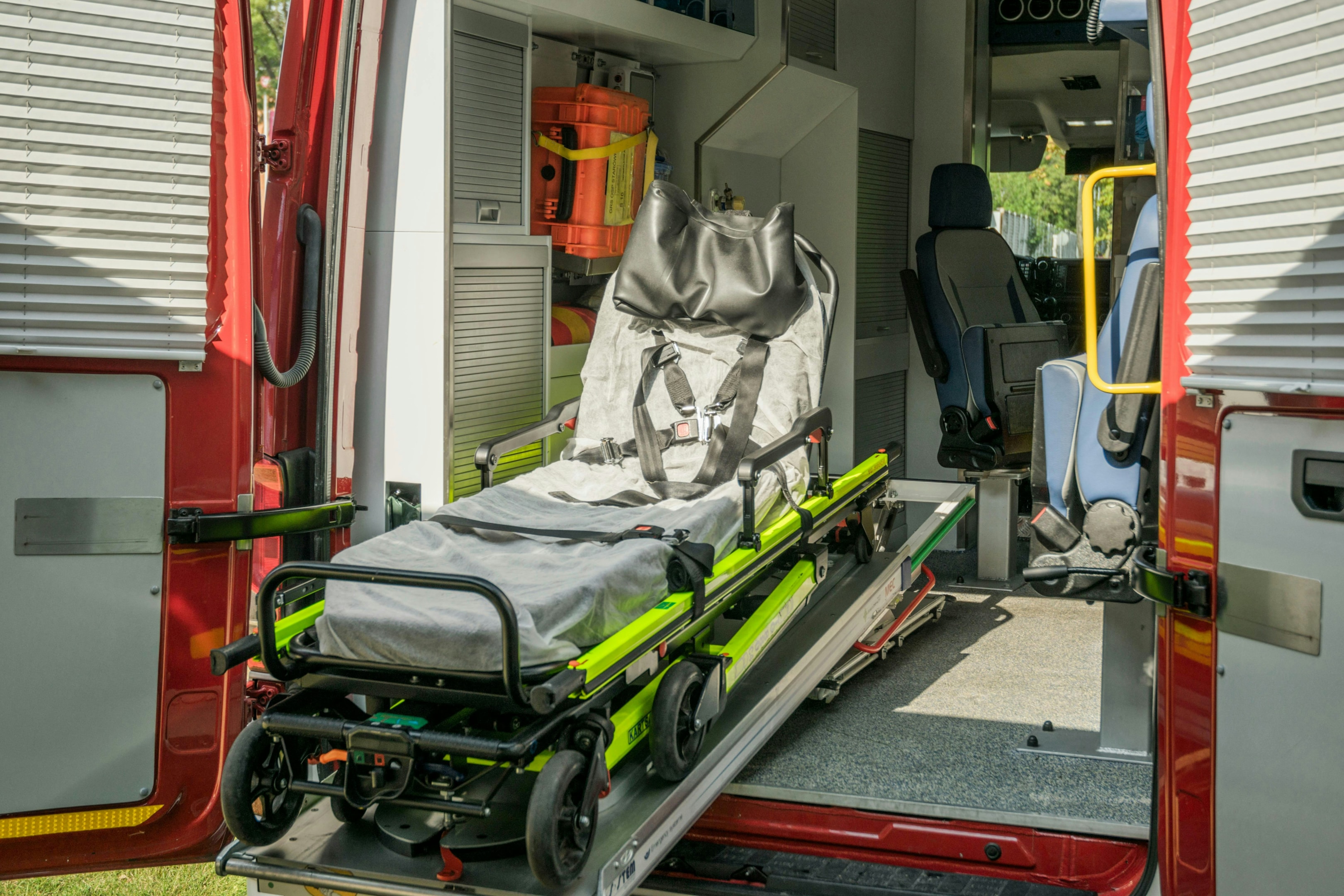
Design and Manufacturing
- Modern stretchers are designed to focus on caregiver maneuverability and patient comfort. For instance, the development of foldable wheelchair stretchers allows a single device to function both as a stretcher and a wheelchair, making patient movement easier.
- Hydraulically-equipped stretchers allow staff to move patients with less strain and risk of physical injuries. Aspects such as weight distribution systems ensure that the patient’s weight is evenly spread across the stretcher. Additionally, powered cot lift mechanisms have been introduced to reduce back injuries among medical staff by assisting with lifting and lowering patients.
- Many emergency stretchers have wheels that turn 360 degrees and include linear brakes, making it easy to move them smoothly in tight spaces like hospital corridors or elevators.
- They usually have simple controls and reliable material construction to ensure long-lasting use.
- For compact storage, the stretchers are designed with a single fold that allows them to be easily packed and transported.
- Stretchers are made from durable materials, such as stainless steel and aluminum, to withstand heavy use. Some new designs are also incorporating carbon fiber components to enhance rigidity without adding significant bulk.
Safety Precautions and Maintenance
Taking good care of stretchers isn’t just about extending their life—it’s about ensuring reliability and smooth operations when they’re needed most. Regular maintenance is key, and it doesn’t have to be complicated. By following a few simple steps, you can keep your stretchers in top shape and ready for action.
- First off, cleaning and disinfecting after each use are absolute musts. This includes removing any bodily fluids, dirt, or debris, followed by disinfecting all surfaces. A clean stretcher not only prevents infections but also provides a safe environment for both patients and healthcare workers.
- Next, make it a habit to inspect for damage or wear. Check straps for tears, handles for cracks, and the frame for any bending or dents. Spotting these issues early reduces any potential danger along the way.
- Caregivers should always follow proper lifting and moving techniques to avoid harm to themselves and patients. This means lifting with the legs, not the back, and ensuring the stretcher is properly positioned for easy mobility.
- To maintain smooth operation, it’s also crucial to lubricate moving parts such as hinges and wheels. Proper lubrication ensures that the stretcher moves steadily, especially in emergencies where every second counts.
- To prevent falls during transport, injured individuals should always be securely fastened using side rails and straps. Proper restraint is crucial to ensure protection while moving patients.
Choosing the Right Medical Stretcher
When buying a stretcher, it’s important to consider a few key factors to ensure you’re getting the right one for your needs. Here’s a guide to help you choose wisely and make a wise decision.
1. Type of Patient Care: Consider whether the stretcher will be used for emergency care, where quick deployment is key, or for transport in less urgent situations, where comfort components like adjustable backrests are more important.
2. Weight Capacity: Check the weight capacity to ensure it can safely accommodate the patients you’ll be transporting, especially if heavier patients are a concern.
3. Storage Space: Think about where the stretcher will be stored when not in use. Foldable or compact models are ideal for environments with limited storage space, such as ambulances.
4. Comfort and Safety Aspects: Look for adjustable backrests and belts to provide comfort and prevent falls during transport, especially for critical or disoriented patients. Head injuries require special medical care and treatment, and the stretcher should be equipped to stabilize the patient’s head securely, alongside a basket of first aid supplies.
5. Ease of Use and Maneuverability: The stretcher or cot should be easy to use and maneuver, especially in tight spaces like ambulances. Smooth-rolling, swivel wheels are essential for navigating around corners or narrow hallways.
6. Durability and Maintenance: Ensure the stretcher is made from durable materials and easy to maintain, with removable pads for cleaning and disinfection.
7. Portability: If you need to move the stretcher between locations, consider one that’s compact and portable, having handles for easy lifting and moving patients.
8. Cost-Effectiveness in Equipment Selection: Choosing medical equipment often involves finding a middle ground between cost and quality. Investing in ambulance stretchers that offer paramedics both affordability and high performance can lead to better patient outcomes without compromising financial resources.
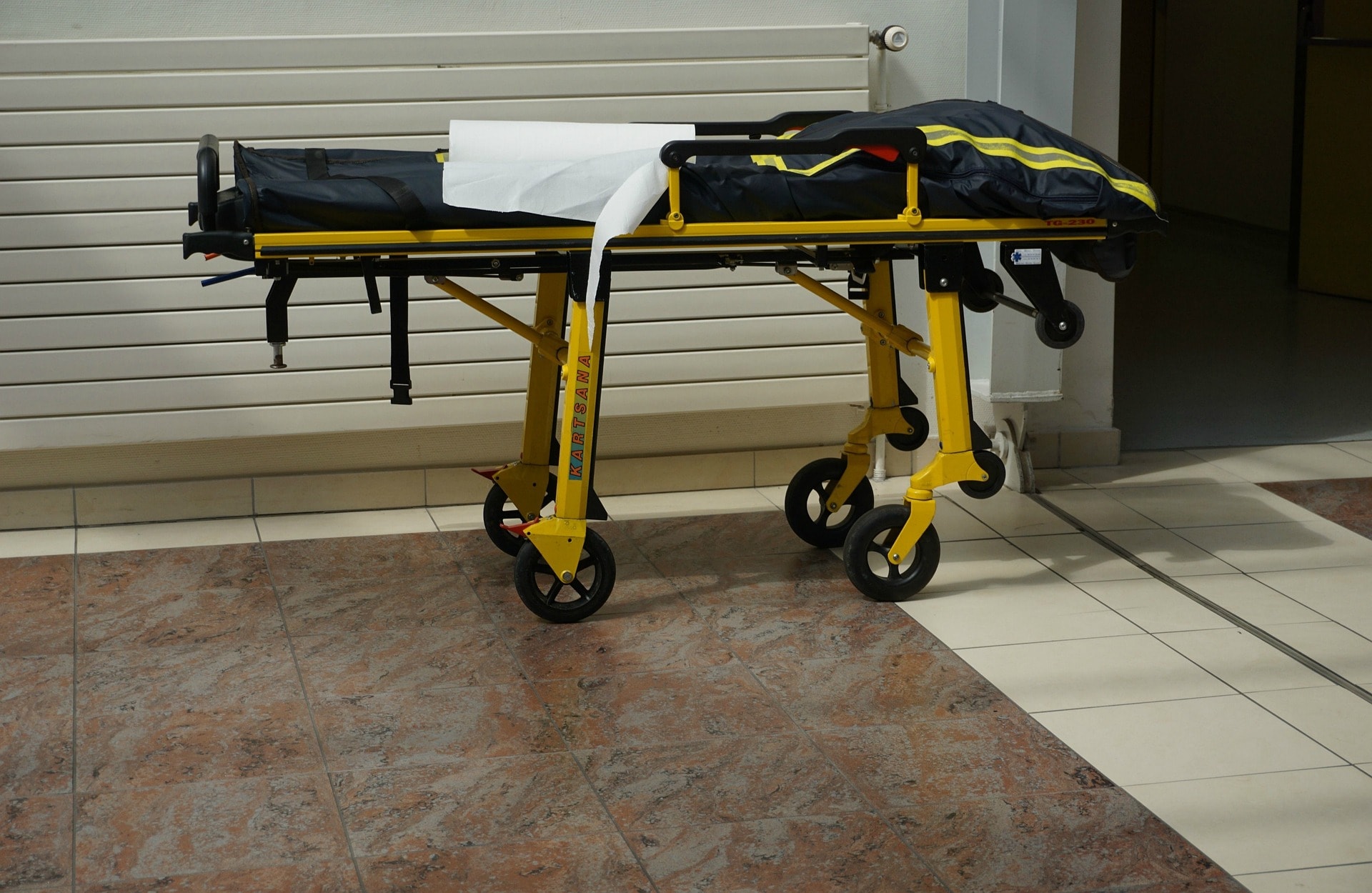
Where to Buy Medical Stretchers?
When it comes to buying stretchers, there’s no shortage of options. Among the top names in the industry are Stryker, known for their durable designs that ensure patient security, and Hillrom, which emphasizes comfort and ease of handling for healthcare providers. Both are excellent choices depending on your needs.
However, choosing the right emergency stretcher involves more than just picking a brand. Factors like budget, shipping, and quality checks are just as important. That’s also where we come in. With over 15 years of experience, our brand has built a reputation for manufacturing stretchers that balance durability, affordability, and—most importantly—patient comfort and safety. We are trusted by healthcare providers in more than 45 countries and are committed to meeting the needs of both medical professionals and patients.
Feel free to explore our range of high-quality stretchers, designed for various medical and rescue scenarios on our website.
Best Practices for Patient Transportation
Ensuring safe and comfortable patient transportation is crucial in healthcare settings. Here are some best practices to consider:
- Use Proper Lifting Techniques: Always employ correct lifting and moving methods to prevent injuries to yourself and the patient. This includes using your limbs for lifting and avoiding twisting movements.
- Secure the Patient: Ensure the patient is properly fastened to the stretcher using side rails and restraints to prevent falls or accidental movements during transport.
- Choose Appropriate Equipment: Select a stretcher that offers a seated position or an adjustable backrest for patients who require it to accommodate different medical needs. In emergencies, some stretchers can be raised to an elevated position to help reduce swelling or improve circulation.
- Ensure Adequate Staffing: Assess the patient’s condition to determine the appropriate number of staff needed for safe transfer, ensuring patient and staff well-being.
- Utilize Safety Belts: Both patients and transport personnel should use seatbelts in ambulances to prevent accidents. Studies have shown that a significant number of EMS practitioners do not wear seatbelts, increasing the chances of injury.
- Plan and Communicate: Effective communication among the transport team is essential. Plan the route and discuss any potential challenges beforehand for a smooth and safe transport experience.
- Maintain Equipment: Regularly inspect and maintain all emergency equipment, such as stretchers and wheelchairs, to ensure they are in optimal working condition.
- Follow Infection Control Procedures: Sanitize your equipment before and after use and practice good hand hygiene, to minimize the chance of infection during patient transport.
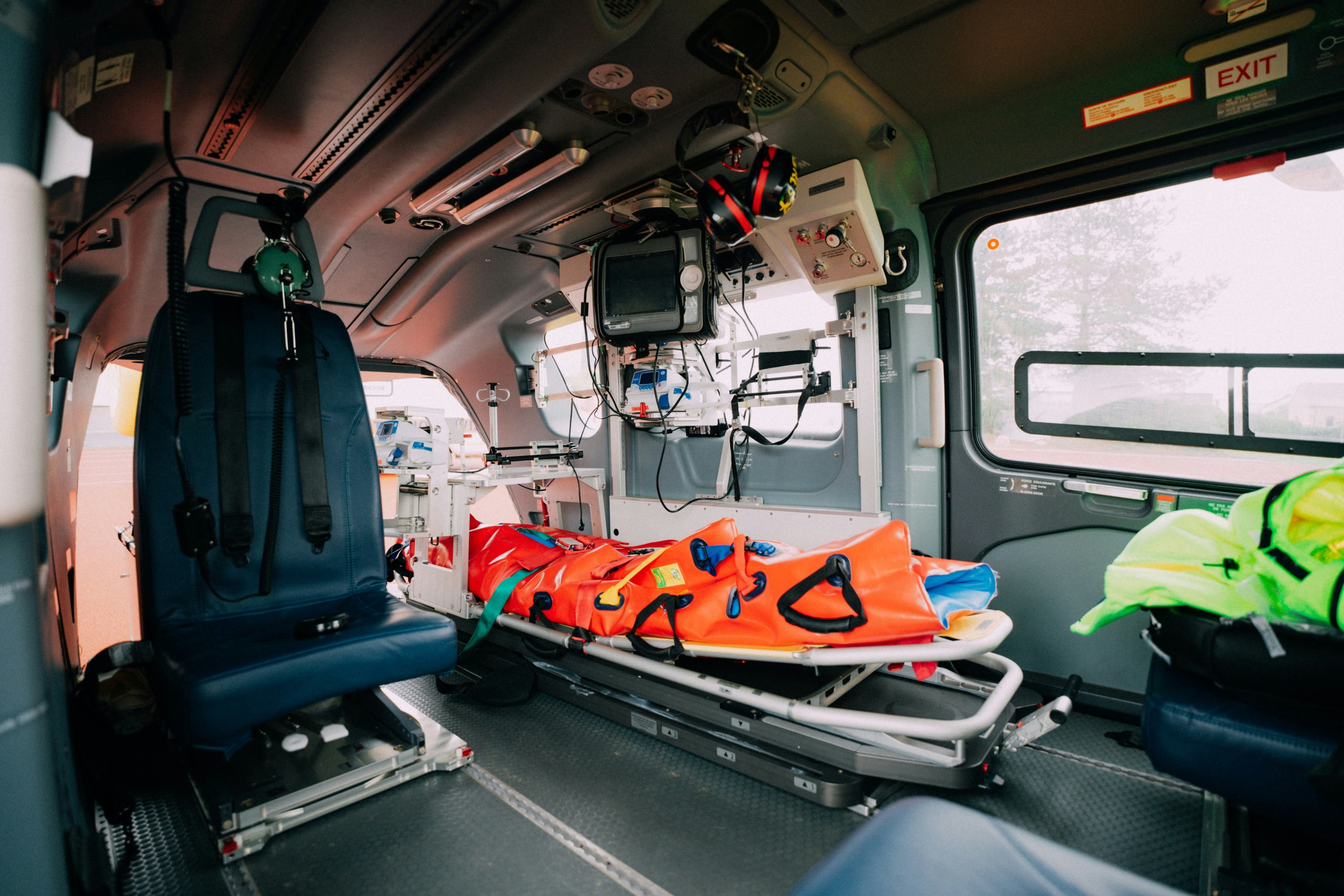
About Us
At Jiekang, we’re here to help you make the best choice for your needs. Whether you’re looking for expert advice, personalized recommendations, or simply want to explore our full range of stretchers, our team is ready to assist.
Have questions or need guidance? Shoot us a message, give us a call, or drop us an email—our product specialists are always ready to assist. You can also visit our website to browse our complete collection and learn more about what we offer. Let’s work together to ensure you have the right tools to provide safe and effective care.
Explore our stretchers today and discover the difference Jiekang can make!

